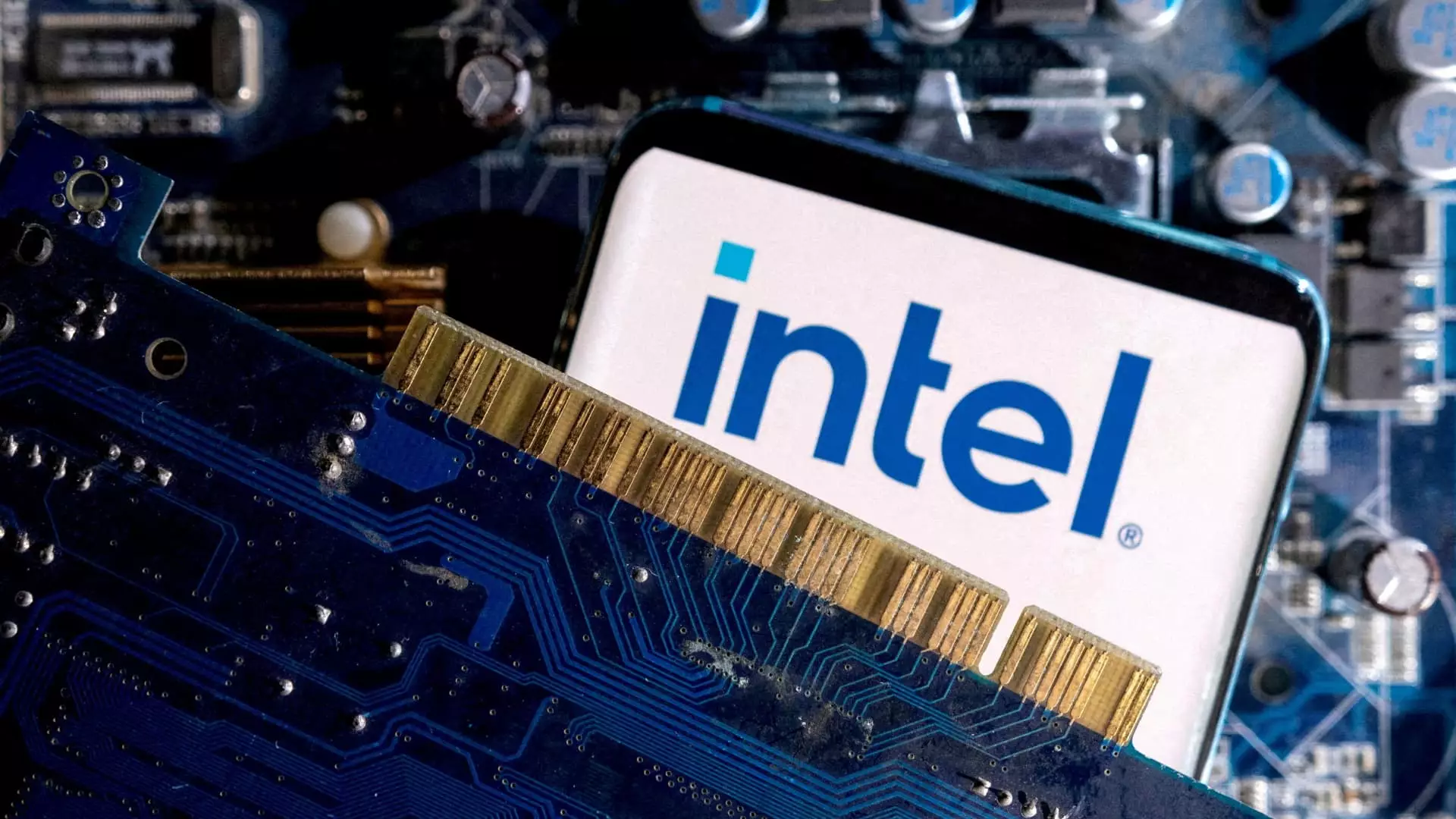In a bold move indicative of its evolving corporate strategy, Intel announced plans to spin off Intel Capital, its venture capital division, into an independent entity. This decision marks a pivotal chapter in Intel’s effort to reconfigure its business model amid significant market challenges. With Intel Capital managing assets amounting to $5 billion, the transition is poised to enhance the division’s fundraising abilities by allowing it to attract external investors—an opportunity that wasn’t feasible when it was solely funded by Intel itself.
Intel’s decision to decouple its investment arm comes on the heels of a tumultuous period. The company recently reported its poorest stock market performance since debuting in 1971, stemming from a series of operational failures and significant declines in market share. These miscalculations have prompted a comprehensive restructuring initiative focused on cost-cutting measures and streamlining operations while simultaneously investing heavily in state-of-the-art manufacturing facilities.
Another significant aspect of Intel’s restructuring is the recent changes in leadership. Following a challenging four-year tenure, former CEO Pat Gelsinger was ousted in December, paving the way for two interim co-CEOs, David Zinzner and Michelle Holthaus. This shift in leadership reflects a critical juncture for Intel; the company must navigate its way back to profitability while rekindling its legacy in the competitive semiconductor landscape.
The aim of the current executive team is not merely to mitigate losses but also to restore Intel’s reputation as a technological innovator. The layoffs, the scaling down of peripheral divisions, and the planned IPO of Altera—known for its specialized FPGAs—underscore this strategic intent. Additionally, Intel’s majority ownership of Mobileye, an Israeli company specializing in autonomous vehicle technology, forms a part of its broader ambition to diversify and innovate.
Historically speaking, Intel Capital has been a trailblazer in the realm of corporate venture capital since its establishment in 1991. As a pioneer, it paved the way for tech giants like Google, Microsoft, and others to build similar investment arms. However, as much as Intel was a forerunner in this domain, the current decision to spin off Intel Capital is reflective of a more extensive trend within the technology sector, wherein companies reassess and recalibrate their investment strategies.
Several other corporations have previously undertaken similar maneuvers, such as SAP’s transformation of SAP Ventures into Sapphire Ventures in 2011. This evolution illustrates that while corporate venture capital peaked at approximately $156 billion in 2021 amidst a startup funding frenzy, the dynamics have significantly altered. High-interest rates and adverse economic conditions since 2022 have dramatically curtailed startup investments and soured the general investment climate.
As Intel Capital transitions into a standalone entity by the latter half of 2025, the implications for its workforce, potential rebranding, and strategic focus are critical points of interest. Currently, the employees associated with Intel Capital will retain their positions within the new firm, which is a positive indication for continuity and institutional knowledge.
Moving forward, the challenge lies in how Intel Capital will differentiate itself in a crowded market of venture capital firms and how it will navigate potential market volatility. The evolving landscape offers both threats and opportunities, and the ability of Intel Capital to innovate and adapt will determine its long-term success.
With the backdrop of its parent company’s restructuring efforts, the independence of Intel Capital may present a unique opportunity for it to carve out a niche in an increasingly competitive field. As Intel seeks to regain its footing in the semiconductor arena, stakeholders and investors alike will be watching closely to see if this bold strategy pays dividends in revitalizing both Intel and its historical venture capital arm.



Leave a Reply